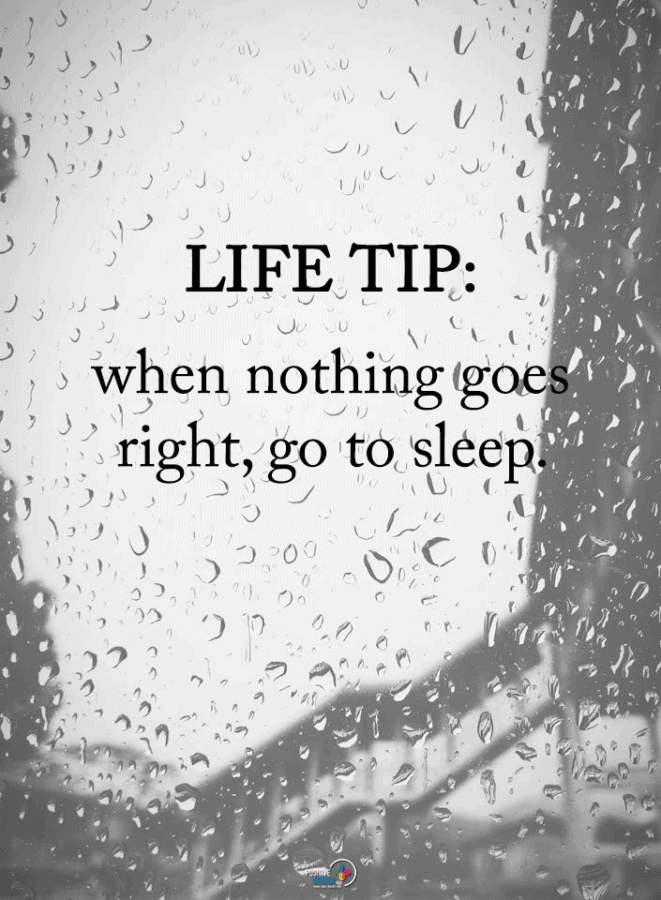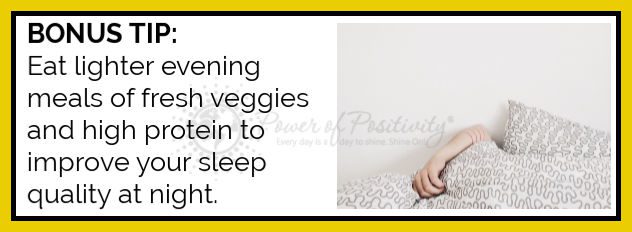Sleep apnea is a growing problem. Fortunately, you don’t need to suffer as you can find effective sleep apnea oral appliance therapy.
The quality of undisturbed sleep we get has a significant impact on our health. According to the American Sleep Apnea Association, more than 22 million adults in the United States suffer from obstructive sleep apnea (OSA). There could even be fatal consequences for those whose breathing is interrupting their sleep. Understanding obstructive sleep apnea symptoms and the treatment technology available is the first step towards a peaceful night’s rest.
What Exactly Is OSA?
You might be wondering if your snore is something more serious than a nightly nuisance? Fortunately, not everyone who snores has obstructive sleep apnea.
OSA means that the flow of air during sleep is getting obstructed. That means no oxygen is coming in, and no carbon dioxide is going out. OSA creates repetitive closures of the upper airways known as the posterior pharynx.
Part of the sleep process includes the body loosening its postural muscle tone. During REM sleep, your body lowers its muscle tone. This loss of muscle responsiveness is necessary so that you don’t sleepwalk through your dreams. But some people end up with a lack of air from the loss of muscle tone in their throat region.
The loss of a patient’s striated muscle tone during dream sleep collapses the airway. This causes an airway obstruction. The person’s brain keeps waking the person up to regain muscle tone so that they can resume breathing again.

What Are Some Obstructive Sleep Apnea Symptoms?
Daytime symptoms of OSA include:
- Excessive fatigue.
- Headaches upon waking up in the morning.
- Sore throat and dry mouth.
If you get 7-8 hours of sleep and are still tired and fatigued during the day, then you have obstructive sleep apnea. OSA prevents you from getting to those deeper stages of sleep. This is a severe disease with life-draining consequences.
Nighttime signs of OSA include a choking or gasping feeling. One of the most telltale symptoms comes from someone observing that their bed partner has stopped breathing.
What Are The Risk Factors For OSA
Patients who show obstructive sleep apnea symptoms are often male and obese. There’s a questionnaire to help check for OSA called the STOP-BANG questionnaire. You can take the questionnaire at the University of Toronto website. But here is the gist of STOP-BANG risk factors:
STOP
- S is for Snoring. Not everyone who has a snoring issue has OSA, but there is a correlation.
- T stands for tired. This includes being sleepy and fatigued during the day, even though you’re getting 7+ hours of sleep.
- O means obstructed, as in your air passageway ends up getting blocked.
- P stands for pressure. This basically means high blood pressure.
BANG
- B is your body mass index, or BMI. This is basically calculated by taking your weight and divinding it by your height. There is a strong correlation between obesity and OSA.
- A is for age. The further past 50 one gets, the more at risk they are for OSA.
- N is for neck circumference. A risk factor for obstructive apnea is having a neck circumference in males of 17 or greater or 16 or greater in females.
- G is for gender. The male gender is going to be more at risk, something around a 2/1 ratio compared to females. But once women become postmenopausal, the risk for females goes higher.
What Health Dangers Are Associated With Obstructive Apnea?
Obstructive apnea is associated with a range of cardiovascular diseases. These include:
- Hypertension.
- Atrial fibrillation.
- Myocardial ischemia.
There should also be warning signs that you can tell your doctor about. If people wake from sleep with chest pain, then it might be a sign of obstructive sleep apnea. People with pulmonary embolism tend to have a higher incidence of OSA.
What Are The Consequences Of Not Treating OSA?
There are so many people out there that have gone undiagnosed. OSA affects your cognitive function, your memory and just being sharp during the day. Having untreated OSA is like having sleep deprivation. Can you imagine not getting oxygen going to your brain? You’re going to be a risk for stroke and congestive heart failure. These are the risks when your arteries are not getting enough precious oxygen.
Patients with untreated OSA can develop something called pulmonary hypertension (high blood pressure in the lungs). Always get diagnosed so you can stop the apnea from negatively affecting your life. The good news is that treating obstructive apnea that’s comorbid with hypertension will also lower blood pressure. That means patients with OSA treating their apnea will potentially take care of many health problems at once.
After getting the correct diagnosis, you’ll need to find out how severe it is. This is done through a sleep study. Sleep studies are either done in a lab or at home. In a lab setting, the clinicians will track brainwaves, eye movement, EKG, breathing, muscle tone, and limb movement. The sleep lab test is comprehensive and can diagnose a wide variety of sleep disorders. The home sleep test is only designed for detecting obstructive sleep apnea.
A sleep study will help determine the severity of your apnea. This will then help determine your treatment options.
OSA Treatment Options
But the good news is that there are treatments available for OSA. The main therapy is always going to be CPAP. CPAP stands for continuous positive airway pressure. CPAP is not the mask you wear during sleep; it’s actually the machine that pumps air. The CPAP machine pushes precious oxygen into the upper airways and down into the lungs.
A CPAP machine keeps the airway open during respiration. This machine becomes essential for easier breathing at night. There are also new therapies being tested. One such novel therapy involves a nerve stimulator that targets the upper airway. Patients are able to sleep while the nerve stimulator helps maintain airway muscle tone.
Keep in mind that there are many things you can do yourself to optimize your sleep.
- Is the food you’re eating helping or hurting your hormonal system? An out of balance hormonal system can wreak havoc with your sleep patterns.
- Add some type of exercise to your daily routine.
- Meditate to calm your nerves.
- Take regular nature breaks to rejuvenate your body.
Do I Have To Use A CPAP Machine If I Have OSA?
There are other treatment options for obstructive apnea besides CPAP. Some of these are downright practical and can be done yourself.
Let’s first address the literal elephant in the room. If the patient is overweight, then losing weight should be the first goal. Obesity has a very high correlation with obstructive apnea.
Simply changing the way one sleeps can also help. If you have sleep apnea symptoms that are worse on your back, that means gravity is partly to blame. Because there’s loss of muscle tone in the upper airway, the tongue can fall backwards into the airway. Gravity makes this effect even worse when one is sleeping on their back.
Patients with apnea often improve when they shift to being side sleepers. What can you do if you’re not naturally inclined to sleep on your side? Simply get a T-shirt and sew in a bunch of tennis balls on the back. The idea is that when you sleep on your backside, it’ll be uncomfortable enough to get you to switch over onto your side. This can help relieve nighttime apnea to some extent.
Treating Sleep Apnea Through CPAP Means Getting A Mask That Fits
Traditional sleep masks covered the bridge of the nose and had a tube off the front of the individual’s face. These older masks were often painful to wear for patients. Luckily, mask designs are now geared with the patient’s comfort in mind.
There are nasal masks that cover the nose or just underneath the nose. There are also larger full face masks that cover the nose and the mouth. Full-face masks are indicated if you’re a mouth breather. When you’re looking at the mask, you’re looking for one that’s going to have the right comfort, the right fit, and the right seal.
You want you to pick a mask that’s comfortable for you. There could be a medical basis for why you need a full face mask. Other than that, pick one that sits on your face comfortably.
You need to be regular in using your mask and CPAP machine. If you do not use it every night, your obstructive sleep apnea symptoms will be back to how it was before you were treated. Individuals who use their CPAP machines nightly (i.e., they used them for a significant part of the night) have better health outcomes. Work with your sleep doctor to help you to stick with your therapy plan.
Sleep Apnea Treatments Can Restore Your Restful Nights
OSA affects many individuals in many different ways. The first treatment step is to get diagnosed through a sleep study. There are so many treatment options available that no one should have to suffer.



















